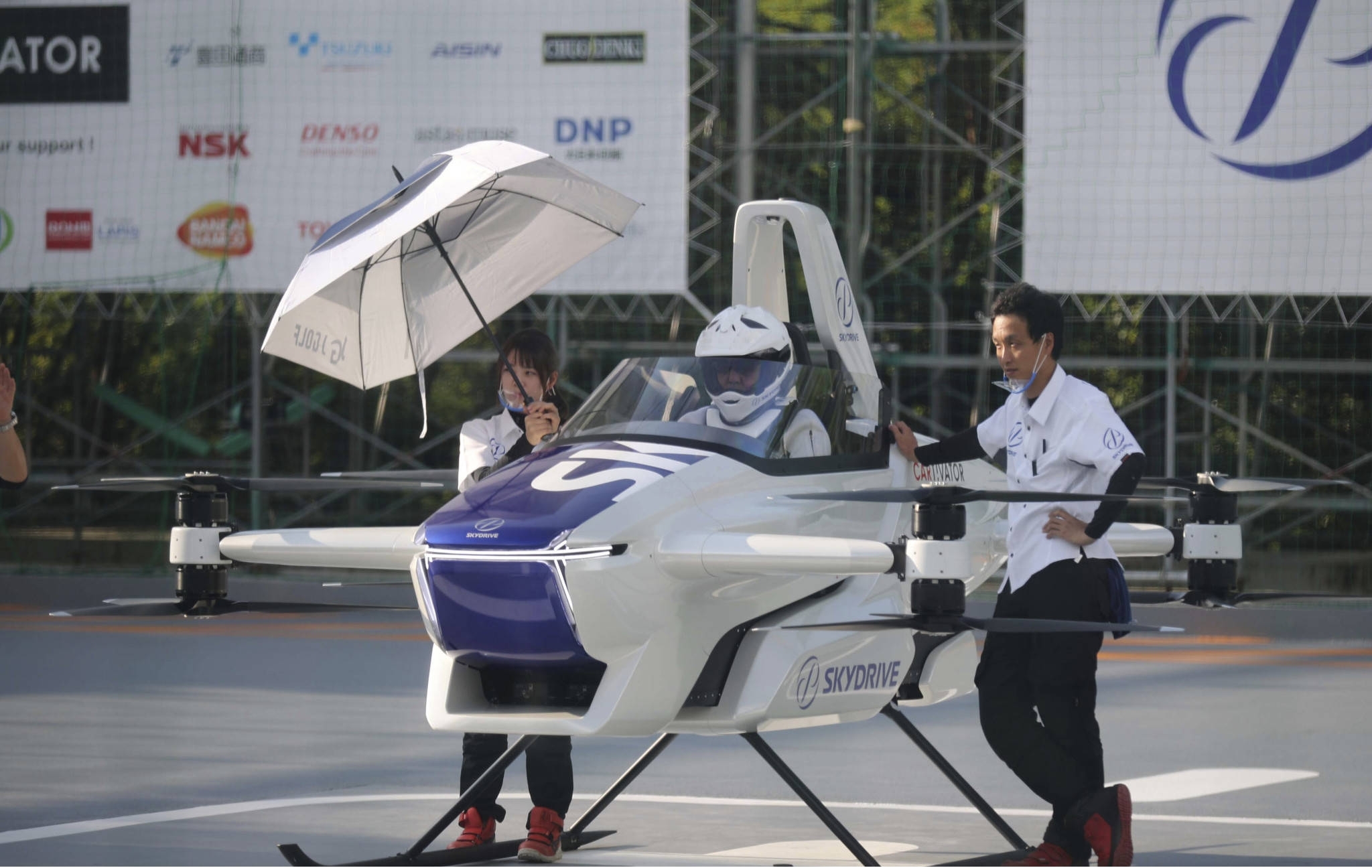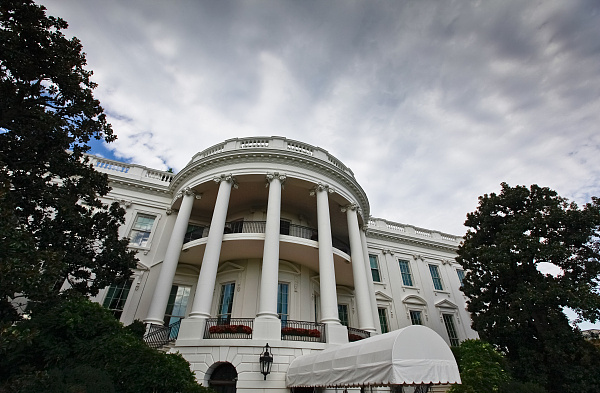
Recently, Japan's ANA Holdings (HD) plans to start the operation of "flying cars" in 2027, which has attracted a lot of attention. It is reported that this flying car project aims to fly between the heart of Tokyo and Narita airport (Narita City, Chiba Prefecture) in 10 to 20 minutes, and will be the first time in Japan to use "flying cars" to transport passengers for a fee. But is the plan as glamorous from a business perspective as it seems?
First, the forecast of operating costs and benefits of flying cars. ANA Holdings plans to set the cost of flying cars at the same level as taxis. On a short flight from downtown Tokyo to Narita Airport, this pricing strategy may appeal to a segment of high-end customers, especially business people who seek time efficiency and are less price-sensitive. However, we must note that flying cars are much more expensive to operate than traditional taxis. In addition to high acquisition and maintenance costs, flying cars also require complex inspections and preparations before and after each flight, which will increase their operating costs.
In addition, the commercialization of flying cars faces many uncertainties. For example, flying car insurance costs, maintenance costs, and pilot or operator training costs are currently difficult to accurately estimate expenses. If these costs cannot be effectively controlled, the commercialization of flying cars could be severely hampered.
Let's look at the operating range planning of flying cars. ANA Holdings not only considered the short flight from the center of Tokyo to Narita Airport, but also envisioned the operation between Narita and Haneda Airport, connecting the center of Tokyo with Yokohama City and Kamakura City in Kanagawa Prefecture. Although these segments have certain market potential, they also face many challenges. For example, a taxi from Haneda to Narita airport costs about 20,000 yen, and if the cost of a flying car is the same, the price advantage is not obvious. At the same time, the traffic conditions in these sections are complex, and the take-off and landing of flying cars and route planning need to go through strict approval and testing to ensure safety.
More critically, there are a number of legal and regulatory hurdles to overcome to commercialize flying cars. In Japan, flying cars are legally considered aircraft, and safety standards, driving licenses and operating rules need to be reviewed and developed. This not only requires a lot of time and effort, but also may lead to a series of legal disputes and controversies. For example, does the pilot of a flying car need to have a special pilot license? Will flying car routes be subject to strict approval and monitoring? These questions require clear answers and solutions.
In addition, the commercialization of flying cars also needs to consider public acceptance and market demand. While flying cars have a certain appeal and technological feel as a new form of transportation, public concerns about their safety and reliability cannot be ignored. Especially in dense urban areas, the take-off, landing and flight of flying cars may cause concern and dissatisfaction among residents. Therefore, in the process of promoting the commercialization of flying cars, ANA Holdings needs to fully listen to public opinions and strengthen communication and coordination with relevant departments to ensure the smooth implementation of the project.
Let's look at flying car partners and technical support. ANA Holdings plans to use Joby Aviation's five-seat electric vertical take-off and Landing vehicle (eVTOL) as the main body of the flying car. Although this choice has certain technical advantages and market prospects, it also has certain risks and challenges. Joby Air, for example, is currently in the final stages of obtaining type certification from the Federal Aviation Administration (FAA), but the process remains fraught with uncertainty. If Jobe Aviation is unable to obtain type certification within the specified time frame, then ANA Holdings' flying car program could be seriously affected.
In addition, the commercialization of flying cars will need to overcome a series of technical difficulties. For example, how to ensure the safe flight of flying cars in bad weather conditions? How to reduce noise and emissions from flying cars? These problems require rigorous technical development and testing to be solved. Therefore, in the process of promoting the commercialization of flying cars, ANA Holdings needs to strengthen technical exchanges and cooperation with partners to jointly overcome technical problems and ensure the smooth implementation of the project.
Finally, we need to focus on the business model and sustainability of flying cars. The commercialization of flying cars needs to consider not only short-term economic benefits, but also long-term sustainability. For example, how can the operating costs of flying cars be reduced? How will market demand continue to expand? These problems require in-depth market research and business model innovation to be solved. Therefore, in the process of promoting the commercialization of flying cars, ANA Holdings needs to focus on the innovation and optimization of the business model to ensure the long-term sustainable development of the project.
To sum up, ANA Holdings plans to start the operating business of "flying cars" in 2027, although it has certain market prospects and technical advantages, it also faces many challenges and risks. From a business perspective, the program needs to overcome obstacles such as high operating costs, complex legal regulations, low public acceptance and technical difficulties to achieve commercial success. Therefore, ANA Holdings needs to maintain a cautious and pragmatic attitude in the process of promoting the commercialization of flying cars, focusing on market research, technological innovation and business model innovation to ensure the smooth implementation and long-term development of the project.

Below is the English translation of the text, with precise handling of political terms, consistent sentence structures, and preservation of the original’s analytical tone and logical flow:
Below is the English translation of the text, with precise …
On December 15 local time, Trump took the British Broadcast…
In recent years, the application of artificial intelligence…
According to Yahoo US media reports, the recent remarks of …
After 11 years of waiting in the deep sea, we finally have …
On December 17, 2025, the newly renovated American "Preside…